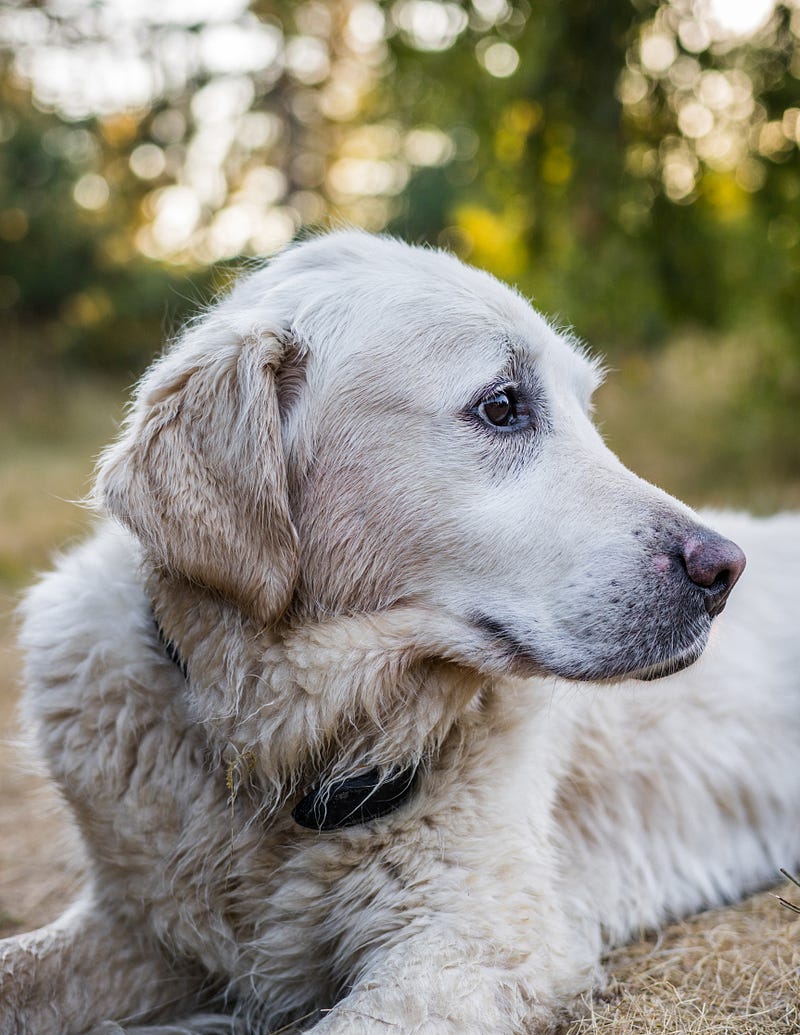Survival of the friendliest: the evolution of dogs
By Lauren Voso, Biology, 2023

Dogs are known as man’s best friend for a reason: their wagging tails, aggressive licks, and silly personalities combine to make the perfect recipe for a loyal and trusted pal. But, would you feel the same about adopting a wolf into your family?
Typically, we think of wolves and dogs as two completely-separate entities. In reality, wolves and dogs are still considered closely-related species. Then, what makes dogs so different from their biological siblings?
The answer is obvious to most: dogs are nice! For scientists studying the evolution of dogs, the question has become: why?
Brian Hare, the director of the Duke Canine Cognition Center, and Vanessa Woods, a researcher at Duke University, hypothesize that friendliness became an advantageous trait for wolves, leading to the evolution of the modern dog. The two theorize in their book, The Genius of Dogs, that humans would only let the friendly, non-aggressive wolves scavenge through their scraps. So this “friendliness” trait would have been naturally selected for as the relationship between humans and these wolves strengthened.
This “friendliness” trait would have been naturally selected for as the relationship between humans and these wolves strengthened.
Several studies have looked at the genomes of dogs to identify which genes differentiate them from wolves and produce this friendliness. Researchers have found that a combination of genes produce these differences, including genes relating to brain function and physical structure. Interestingly, Bridgett vonHoldt and her team from Princeton University found that dogs share genetic similarities to humans with Williams-Beuren syndrome — a disorder characterized by hypersocial behavior — which contributes to their affectionate personality. The team concluded that as dogs were domesticated, this trait probably became more widespread in the population.
Several studies have looked at the genomes of dogs to identify which genes differentiate them from wolves and produce this friendliness.
Another study, led by Amanda Pendleton from the University of Michigan, discovered several genetic differences between dogs and wolves, including facial features. Comparing the genomes of dogs and wolves revealed that physical traits such as floppy ears and smaller jaws were naturally selected for in dogs, probably because these traits gave them a less intimidating appearance. The team also investigated genetic differences in the neural crest of dogs and wolves and how these influence their behavior; dogs, they discovered, have lessened aggression and “fight or flight” reactions due to these neural crest changes.
As more information about the evolution of dogs is gathered through genetic sequencing, we get to learn more about what makes our pets best-friend material. Next time your dog attacks you with cuddles instead of claws, be grateful for evolution!
DOI: 10.1186/s12915–018–0535–2
DOI: 10.1126/sciadv.1700398
